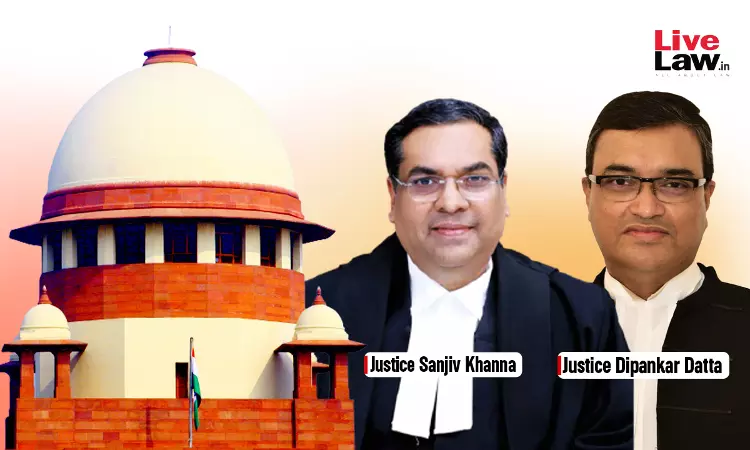'Stridhan' Is Wife's Absolute Property, Husband Holds No Title Over It: Supreme Court Reiterates
Gyanvi Khanna
25 April 2024 5:52 PM IST

Next Story
25 April 2024 5:52 PM IST
The Supreme Court (on April 24) reiterated that stridhan is an “absolute property” of a woman, and while the husband has no control over the same, he can use it in times of distress. Nevertheless, he has a “moral obligation” to restore the same or its value to his wife. The Bench of Justices Sanjiv Khanna and Dipankar Datta referred to a three-judge Bench decision in Rashmi Kumar...
